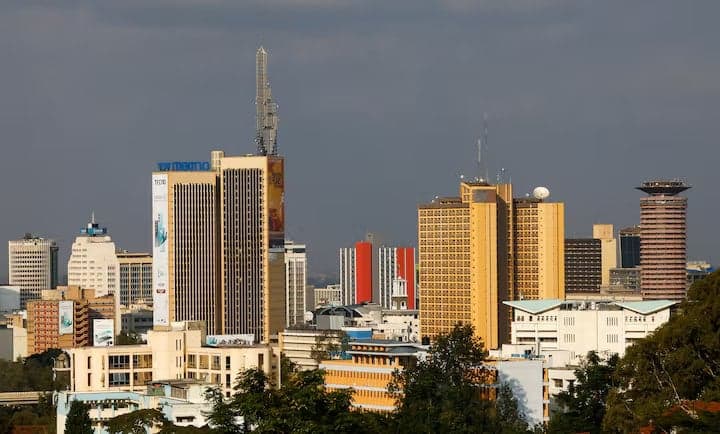Loading News Article...
We're loading the full news article for you. This includes the article content, images, author information, and related articles.
We're loading the full news article for you. This includes the article content, images, author information, and related articles.
Kenya's annual inflation rate rose to 4.6% in September 2025, primarily driven by increased costs in food and non-alcoholic beverages, transport, and housing. This slight uptick from August's 4.5% signals ongoing cost of living pressures for households.

Kenya's annual consumer price inflation edged up to 4.6% in September 2025, a marginal increase from 4.5% recorded in August. This means that the general price level for goods and services was 4.6% higher in September 2025 compared to September 2024. The Kenya National Bureau of Statistics (KNBS) released its Consumer Price Index (CPI) and Inflation Report on Monday, September 30, 2025, attributing the rise to movements in the national average retail prices of selected commodities.
The September inflation figure marks the third consecutive month of acceleration, following 4.1% in July and 4.5% in August. Despite this, the inflation rate remains within the Central Bank of Kenya's (CBK) target range of 2.5% to 7.5%. The overall Consumer Price Index (CPI) increased to 146.56 in September from 146.21 in August, reflecting a monthly inflation rate of 0.2%.
The Central Bank of Kenya utilises the year-on-year inflation rate, targeting a range of 2.5% to 7.5%, as a key benchmark for its monetary policy decisions. In August, the CBK cut its benchmark lending rate by 25 basis points, citing room to ease monetary policy further as inflation remained within its target.
The KNBS, as the primary statistical agency, is responsible for collecting, compiling, analysing, and disseminating official statistics in Kenya. Analysts suggest that the current inflation trends could significantly influence public debate and policy execution in the near term, with calls for clarity on timelines, costs, and safeguards from various stakeholders.
While the overall inflation remains within the CBK's target, the persistent increase in food and transport costs directly impacts household budgets, particularly for low-income earners. The mixed price movements for essential commodities suggest a complex economic environment where some relief in staples is offset by rising costs in other critical areas. Continued upward pressure on these key sectors could lead to sustained high cost of living concerns and potentially influence future monetary policy decisions.
The specific impact of global supply chain disruptions and potential weather-related events on future food production and prices remains uncertain. The long-term projections for inflation by Trading Economics suggest a trend around 4.00% in 2026 and 3.70% in 2027, but these are subject to various economic factors.
Observers will be keenly watching the KNBS's subsequent inflation reports for trends in food and fuel prices, which are significant drivers of the overall cost of living. The Central Bank of Kenya's monetary policy committee will also be under scrutiny for any adjustments to the benchmark lending rate in response to evolving inflationary pressures.
Kenya's inflation rate has averaged 8.43% from 2005 until 2025, reaching a high of 31.50% in May 2008. The Food and Non-Alcoholic Beverages category consistently holds the largest weight (33%) in the CPI basket, making its price movements particularly influential on overall inflation.